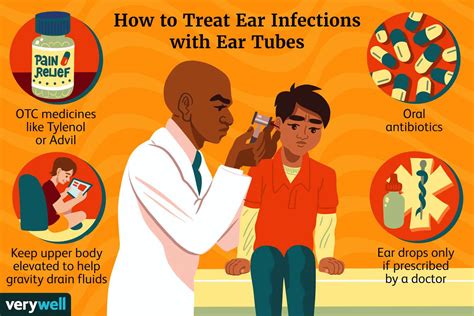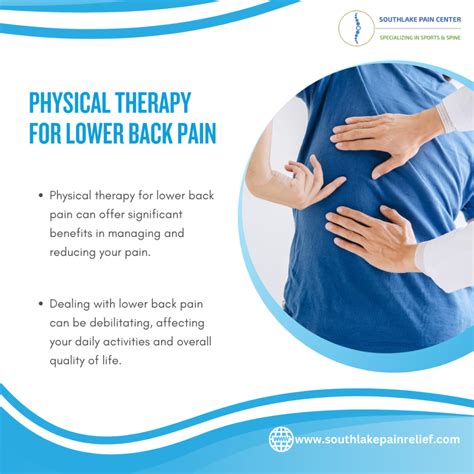As the world grapples with the evolving landscape of the coronavirus pandemic, staying informed and up-to-date on the latest developments is crucial for protecting yourself and your loved ones. The COVID-19 pandemic, caused by the SARS-CoV-2 virus, has presented unprecedented challenges to global health, economies, and societies. Understanding the virus, its transmission, symptoms, and the measures to prevent its spread is essential for mitigating its impact.
Understanding COVID-19
COVID-19 is a respiratory illness that can range from mild to severe. The common symptoms include fever, cough, fatigue, and shortness of breath. In severe cases, it can lead to pneumonia and other serious complications, particularly in older adults and those with underlying health conditions. The virus is primarily spread through respiratory droplets when an infected person coughs, sneezes, or talks, and it can also spread through touching contaminated surfaces and then touching one’s face.
Preventive Measures
Prevention is a critical component in managing the spread of COVID-19. Several key strategies have been recommended by health authorities worldwide:
Vaccination: Vaccines against COVID-19 have been developed and distributed globally. Vaccination is one of the most effective ways to protect yourself and prevent the spread of the virus. Different vaccines have different efficacy rates, but all approved vaccines have undergone rigorous testing for safety and effectiveness.
Mask-Wearing: Wearing masks, especially in crowded areas or when physical distancing is not possible, can significantly reduce the transmission of the virus. The type of mask matters, with surgical masks and respirator masks (like N95) offering higher levels of protection than cloth masks.
Physical Distancing: Maintaining a distance of at least 6 feet from others can help prevent the spread of COVID-19. This is because the virus is primarily spread through respiratory droplets, which typically do not travel more than 6 feet.
Hand Hygiene: Frequent handwashing with soap and water for at least 20 seconds, or using an alcohol-based hand sanitizer when soap and water are not available, is crucial. This practice can help kill the virus if it is present on your hands.
Improved Ventilation: Ensuring good ventilation in indoor spaces can help reduce the concentration of virus particles in the air, thereby reducing the risk of transmission.
Staying Informed
Staying informed about the latest developments, guidelines, and recommendations from reputable sources such as the World Health Organization (WHO), the Centers for Disease Control and Prevention (CDC), and local health authorities is vital. These organizations provide updates on vaccination efforts, travel advisories, and public health measures that can help protect against COVID-19.
Addressing Misinformation
During public health emergencies like the COVID-19 pandemic, misinformation can spread rapidly. It’s crucial to rely on credible sources of information to make informed decisions. Some claims about treatments or preventive measures may not be supported by scientific evidence, and following such advice can be harmful.
Future Outlook
As the world continues to navigate the challenges posed by COVID-19, there is a growing emphasis on adapting to a “new normal.” This includes integrating preventive measures into daily life, supporting vaccination efforts, and preparing for potential future outbreaks. The development of COVID-19 vaccines in record time is a testament to global collaboration and scientific innovation, offering hope for managing the pandemic.
Conclusion
Protecting yourself against COVID-19 requires a combination of staying informed, adhering to preventive measures, and supporting global efforts to combat the pandemic. By understanding how the virus spreads and taking responsible actions, individuals can significantly reduce their risk of infection and contribute to the global endeavor to mitigate the impact of COVID-19.
What are the most common symptoms of COVID-19?
+The most common symptoms of COVID-19 include fever, cough, fatigue, and shortness of breath. In severe cases, it can lead to pneumonia and other serious complications, particularly in older adults and those with underlying health conditions.
How effective are masks in preventing the spread of COVID-19?
+Masks can significantly reduce the transmission of COVID-19, especially when used in combination with other preventive measures like physical distancing and hand hygiene. The effectiveness of a mask depends on the type, with surgical masks and respirator masks offering higher levels of protection.
Why is it important to stay informed about COVID-19 from credible sources?
+Staying informed from credible sources like the WHO, CDC, and local health authorities is crucial for making informed decisions about your health. It helps in understanding the latest developments, guidelines, and recommendations, and avoids the risk of following harmful misinformation.
In the face of the COVID-19 pandemic, collective action and individual responsibility are key to protecting public health and safety. By embracing a proactive and informed approach, we can work together towards a future where the risks associated with COVID-19 are minimized, and global resilience against pandemics is strengthened.



